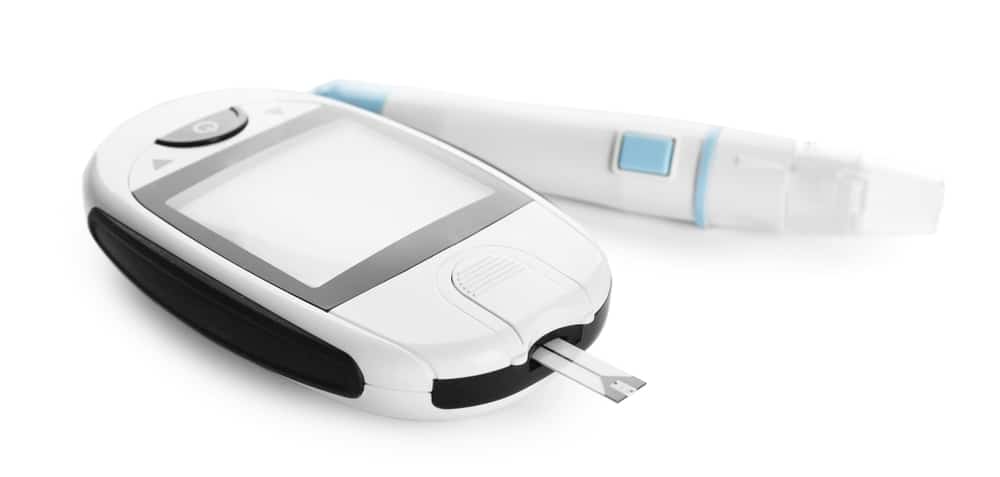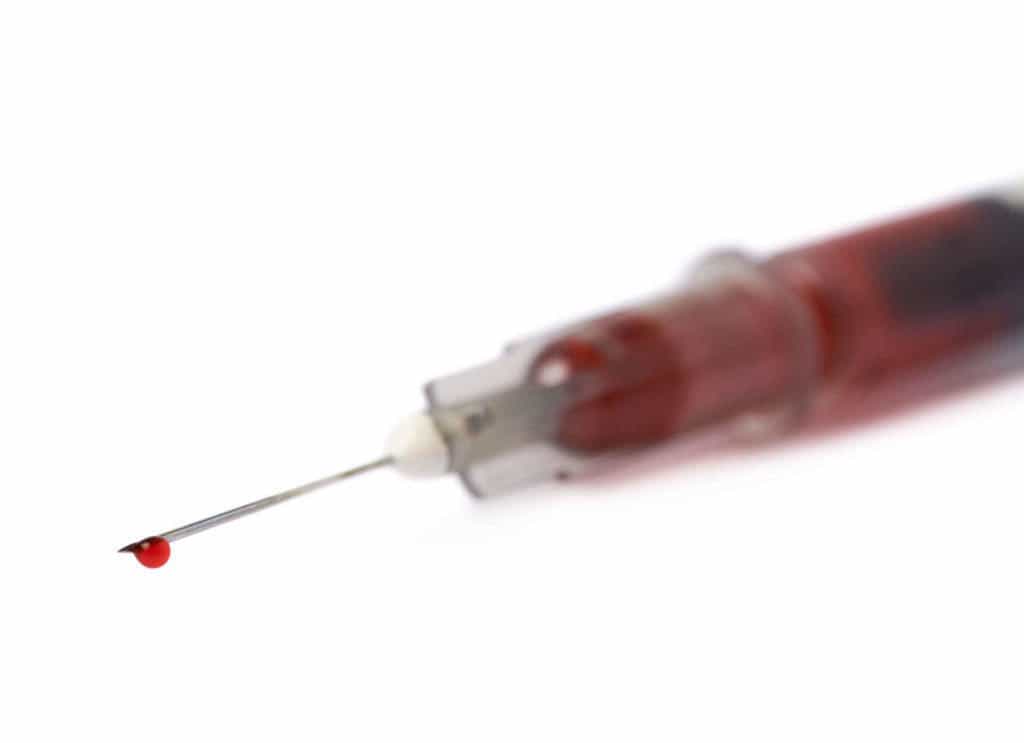Contents:
- Medical Video: Breast Cancer | Mammogram | Nucleus Health
- Mammogram procedure
- What should I prepare?
- Results and understanding
- What are the risks of a mammogram?
Medical Video: Breast Cancer | Mammogram | Nucleus Health
Mammography is an image scanning technique using low-dose x-ray to detect and diagnose breast cancer. General mammograms are performed in conjunction with routine clinical examinations and monthly independent breast examinations as an important step in early diagnosis of breast cancer.
According to the Indonesian Ministry of Health, quoting from the 2012 GLOBOCAN (IARC) data, breast cancer is a cancer with the highest percentage of new cases (after being controlled by age), namely 43.3%, and the percentage of deaths (after being controlled by age) due to cancer breast at 12.9%. Furthermore, breast cancer is one of the cancers with the most case reports in the Dharmais Cancer Hospital during the years 2010-2013, and the number of new cases and the number of deaths from cancer continues to increase.
Women aged 40 years and over are required to undergo a mammogram every 1-2 times. If you or your family has a history of breast cancer, your doctor may recommend starting a mammogram early, more often, and adding several other alternative scans.
Mammogram procedure
Basically, a mammogram is an x-ray for the chest.
If your doctor has scheduled you to do a routine mammogram to check for symptoms of cancer or other changes, this procedure is called mammogram screening. Depending on the test facility, you may be asked to stand or sit during a mammogram.
Your breasts will be affixed to the X-ray scanner screen. Then, a compressor will push your breasts down to flatten the tissue. This will show the results of a clearer picture of your breast. You may be required to hold your breath every time you take a picture. During a mammogram, you may feel a little pain or discomfort, but it won't last long.
During the procedure, the doctor will check the results of the images displayed on the scanner screen and ask the radiological technician to take some additional pictures if the results that already appear are less clear or need further examination. Don't panic, this is common practice.
If hospital facilities are adequate, doctors will usually use digital mammograms. Digital mammograms are very helpful for women younger than 50 years, who generally have firmer breasts.
Digital mammograms will convert x-ray results into digital images that can be stored on a computer. The scan results will be noticeable faster, so the radiological technician does not have to prepare the film. Using a computer will also make it easier for your doctor to see images in a larger resolution, for the accuracy of the diagnosis.
What should I prepare?
You will be asked to follow a number of guidelines on the day you take a mammogram. Don't use deodorants, body powder and perfume. Don't also apply body moisturizers or other creams on the day you go on a mammogram. The content contained in these products can interfere with X-ray results, looks like calcification, or calcium buildup. It is important for you to produce x-ray images as clearly as possible. So, avoid the above.
Be sure to tell your radiological technician before the test begins if you are pregnant or breastfeeding. Generally, mammograms will not be performed on women with this condition. Alternatively, the doctor will recommend other scanning techniques, such as ultrasound.
Results and understanding
Images produced by mammograms can help identify calcification, or calcium buildup, in your breasts. Calcification is generally not a symptom of breast cancer. Mammograms can also detect the presence of cysts - fluid-filled lumps that generally disappear and arise during menstruation in some women - and other cancer or non-cancerous tumors.
Mammogram results are usually interpreted with the BI-RADS system (Breast Imaging Reporting and Database System). BI-RADS has seven categories, starting from zero as the lowest to seven. These numbers will explain whether the doctor needs further scanning, and whether the tumor is suspected to include a cancerous or non-cancerous tumor.
Each category has a different follow-up plan. Implementation of the follow-up plan includes follow-up scanning, continuing routine scanning, scheduling follow-up consultations, or procedures for removing tumors.
What are the risks of a mammogram?
Like an X-ray in general, you will be exposed to radiation in small doses during the mammogram procedure. However, the radiation risk is classified as very low. If a pregnant woman needs a prenatal mammogram, she will be asked to wear special armor made of steel during an x-ray procedure.












